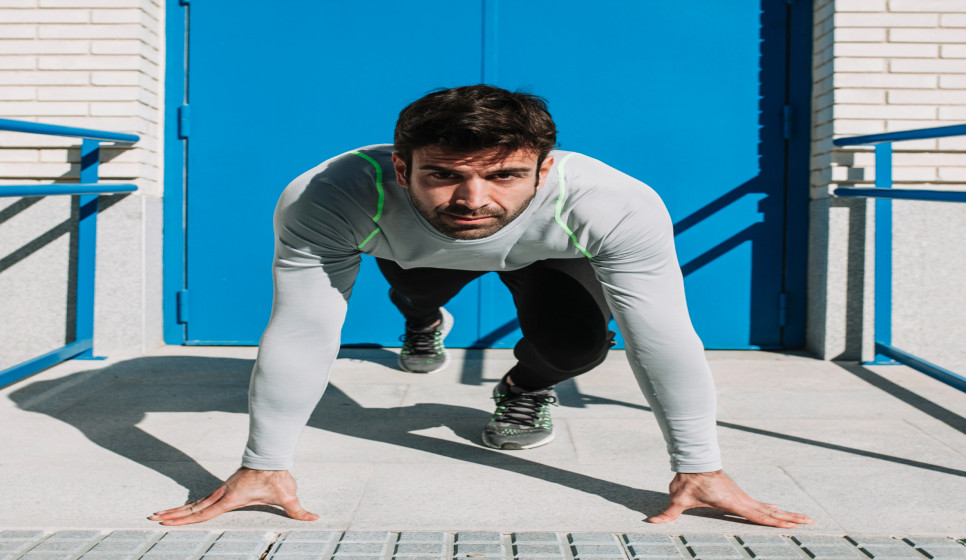
21
MayThe Mechanics of Sport: A Look at the Body in Motion
Sport, in its diverse and exhilarating forms, is essentially a showcase of the human body's remarkable capabilities. Understanding the underlying mechanics at play unveils the artistry behind athleticism and sheds light on what makes certain feats seemingly superhuman. Let's delve into the fascinating world of sports mechanics, exploring the interplay of physics, biomechanics, and human physiology that fuels sporting excellence.
The Foundations of Movement: Physics and Biomechanics
Sports mechanics find their roots in the fundamental principles of physics and biomechanics. Newton's laws of motion dictate how forces act upon the body, leading to acceleration, deceleration, and change in direction. Biomechanics, the study of human movement, analyzes the application of these forces on the musculoskeletal system, revealing the intricate interplay between muscles, bones, and joints.
For instance, consider the graceful arc of a discus thrower. The athlete utilizes the principles of linear and angular momentum, generating rotational force by twisting their body and transferring it to the discus. The precise coordination of muscle groups and the optimal sequencing of movements determine the power and accuracy of the throw.
The Fuel Behind the Movement: Physiology
The engine driving the mechanics of sports is the human body's intricate physiological system. The efficient delivery of oxygen and nutrients to muscles via the cardiovascular and respiratory systems empowers athletes to sustain peak performance. Energy production and metabolism play a crucial role in fueling explosive bursts of speed or enduring marathons.
Understanding the body's physiological limitations and training accordingly is crucial for athletes. Tailored training regimens enhance cardiovascular capacity, build muscular strength and endurance, and optimize fuel utilization, allowing athletes to push their boundaries and achieve greatness.
Case Studies: Deconstructing the Mechanics of Specific Sports
Exploring specific sports helps visualize the principles discussed above in action. Consider the captivating ballet of a gymnast on the uneven bars. Each swing, twist, and dismount requires precise calculations of body momentum, angular velocity, and the application of force on the equipment. Gymnasts train to refine their neuromuscular control, achieving near-perfect form and execution.
Ina sport like basketball, the explosive power of a jump shot involves maximizing vertical leap height while maintaining control and accuracy. Understanding the mechanics of jumping, including muscle activation patterns, joint flexibility, and optimal movement sequencing, allows basketball players to elevate their game.
Conclusion: A Symphony of Skill and Science
The mechanics of sport showcase the fascinating interplay of physics, biomechanics, and human physiology. From the physics of projectile motion in a baseball swing to the metabolic demands of a marathon, every sport presents a unique blend of scientific principles and athletic artistry.
Understanding these mechanisms not only enhances our appreciation for the achievements of athletes but also offers a framework for training and optimizing performance. Through scientific study and dedicated practice, athletes can refine their technique, pushing the boundaries of human potential and leaving us in awe of the beauty and power of sports.